‘After this bill, I’m left with $71’: Canberra mother enraged by power prices under Labor
Belinda Jones is a Canberra mother of three and full-time carer for her husband. The chasm between her life and political platitudes is written in her latest electricity bill.
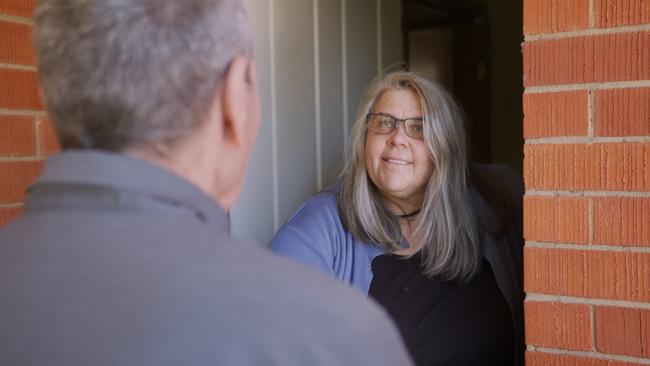
Belinda Jones lives a short drive and a world away from Parliament House in Canberra.
The chasm between her life and political platitudes is written in the latest electricity bill of the mother of three and full-time carer.
“This is what I call a payday killer,” Ms Jones told Sky News, as she used a wooden spoon to point to handwritten calculations scrawled on the bill.
“It’s come in at $1073.31. My pay, which is the pay of most age pensioners, is around $1144. This leaves me, after I pay this bill, $71 and nine cents.”
Ms Jones recalls Labor’s election pledge of cheaper, greener electricity; with prices driven down by the low generating costs of wind and solar power.
“It will see electricity prices fall from the current level by $275 for households by 2025, at the end of our first term,” Anthony Albanese said when launching Labor’s energy transition plan from opposition in December 2021.
Since then power prices have marched up to the point where the Albanese government was forced to give every household a $300 bill subsidy in its May budget.
Ms Jones is enraged by the $75 in government relief, written as a line in her quarterly bill, because she sees it as tokenistic and the polar opposite of what was promised.
“Seventy-five dollars when I was at uni fed us for a week,” she said. “Seventy-five dollars now is worse than anything I’ve ever seen, because it buys you next to nothing. So that’s why we are forced to shop at the food bank.”
Ms Jones is highly educated but when her husband suffered a brain injury at work her family’s life was up-ended, as they were driven into poverty.
“That turned me into a full-time carer for him, and raising the kids,” she said. “He’s not on (National Disability Insurance Scheme), so we are just making do. So I’ve paid my taxes, I’ve done my time, and now we’ve hit bad luck. So that’s where it’s at.”
An investigation by Sky News into the actual costs of the energy transition set out to test the government claim that more wind and solar generation will drive down retail electricity prices. The documentary team focused on the evidence of similar electricity transitions in the US and interviewed experts who run electricity systems, or who have real-world experience in energy.
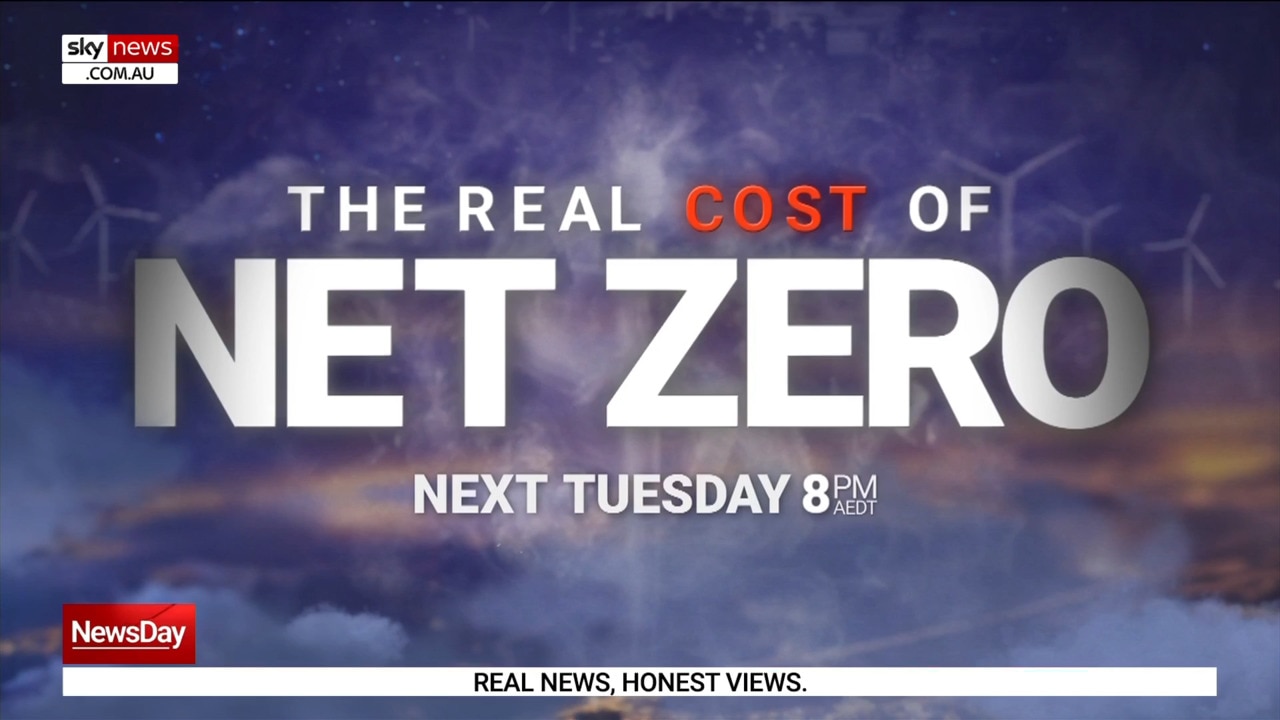
All pointed to a series of reasons the Albanese government’s pledge of cheaper power was always going to fail in the real world.
Replacing fuel-burning generators with weather-dependent energy harvesters means the new system must be massively overbuilt and spread over a vast amount of land. Turning that on-again, off-again generation into a 24/7 electricity system means it must be backed up by a complex life-support system of batteries, hydropower and gas. Then all the widely scattered generation has to be connected to towns and cities with an extra 10,000km of transmission lines. Each step adds costs.
Queensland University professor Steven Wilson has worked in energy in 30 countries for more than 30 years. He says it’s fanciful to claim that gathering electricity from nature is cheap.
“So you’ve got to turn it from the raw form, of wind or sun, which is free, into the desired form, electricity, which is definitely not free,” Professor Wilson said. “And you’ve got to move it from the place where it is to the place where the customer needs it. And you need to time shift, from the time that it’s coming in to the time that the customer needs it. So achieving all of that requires a larger, more complex, more expensive system than the system we grew up with.”
Richard McIndoe ran Energy Australia for a decade and has been in the energy business for 35 years. He said transmission lines made up about 9 per cent of the cost of every electricity bill. Building more of them would drive power prices higher.
“So if we have to double the amount of transmission to interconnect all the new generation on the grid, then that’s going to be part of your bill for the next 25 years as that investment is paid off,” Mr McIndoe said.
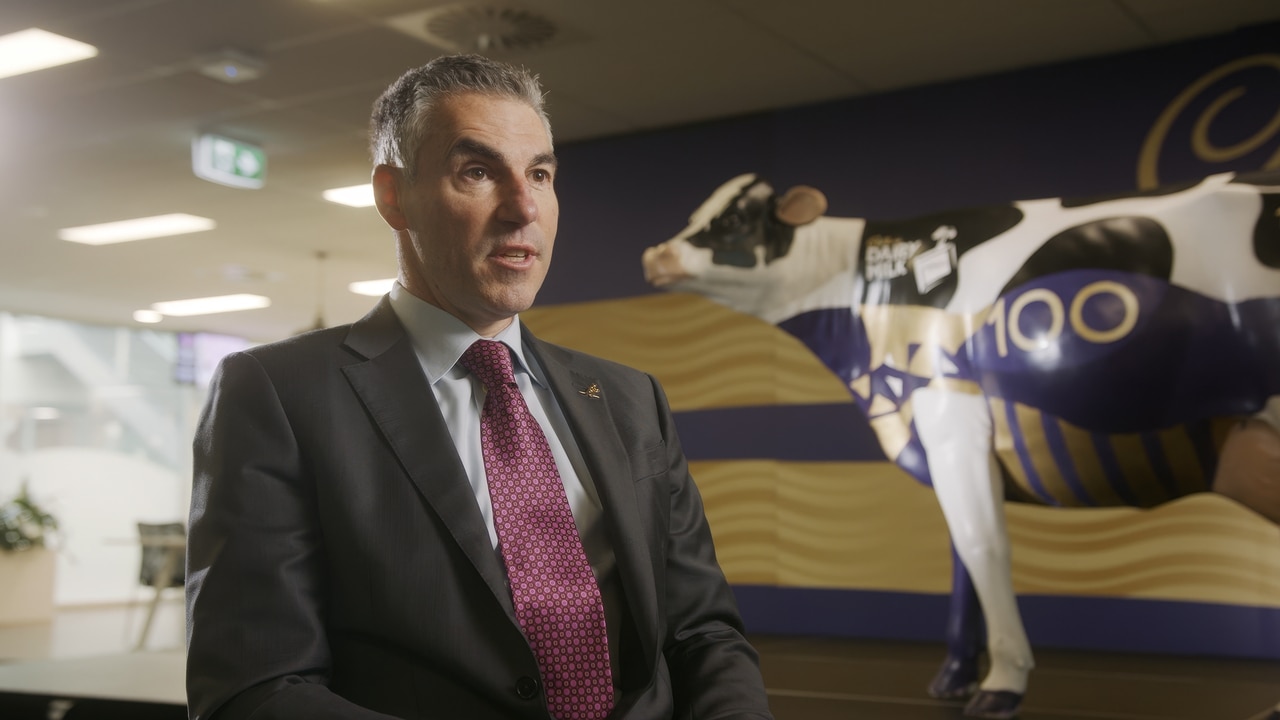
He feared an even bigger cost would come closer to home, if the poles and wires of the distribution system had to be rebuilt to cope with the growing stress placed on the system by rooftop solar and electric vehicles. Distribution costs make up 35 per cent of every electricity bill.
“Now that network of distribution is hundreds of thousands of kilometres across Australia connecting all the homes and businesses across this enormous country,” he said. “The need for more capacity and more infrastructure on the poles and wires along our streets is going to add to the cost of our bills.”
The government pledge also failed to account for the fact that the eastern grid, the National Electricity Market, is exactly as advertised: a wholesale electricity marketplace.
Daniel Westerman, chief executive of the Australian Energy Market Operator, told Sky: “Most people probably don’t know that energy in Australia is bought and sold every five minutes, and we manage the buying and selling and settle the trades just like the ASX.”
In that marketplace the highest cost of generation, not the lowest cost, sets the wholesale price of power. And because wind and solar leave large supply gaps in the morning and evening hours of peak demand, the price is more often than not set by more expensive forms of generation. As the low-cost generators of brown and black coal are retired, the wholesale price will, more often, be set by the higher prices of gas, hydro power and batteries.
Wholesale costs make up 35 per cent of every electricity bill.
And then there is a relatively new line in all bills, for green schemes. They make up 10 per cent of most bills, building money to subsidise large and small renewable energy schemes. Since 2013 Australian electricity customers have contributed $14bn to subsidise large-scale wind and solar developers, and another $11.5bn for households and businesses installing rooftop solar.
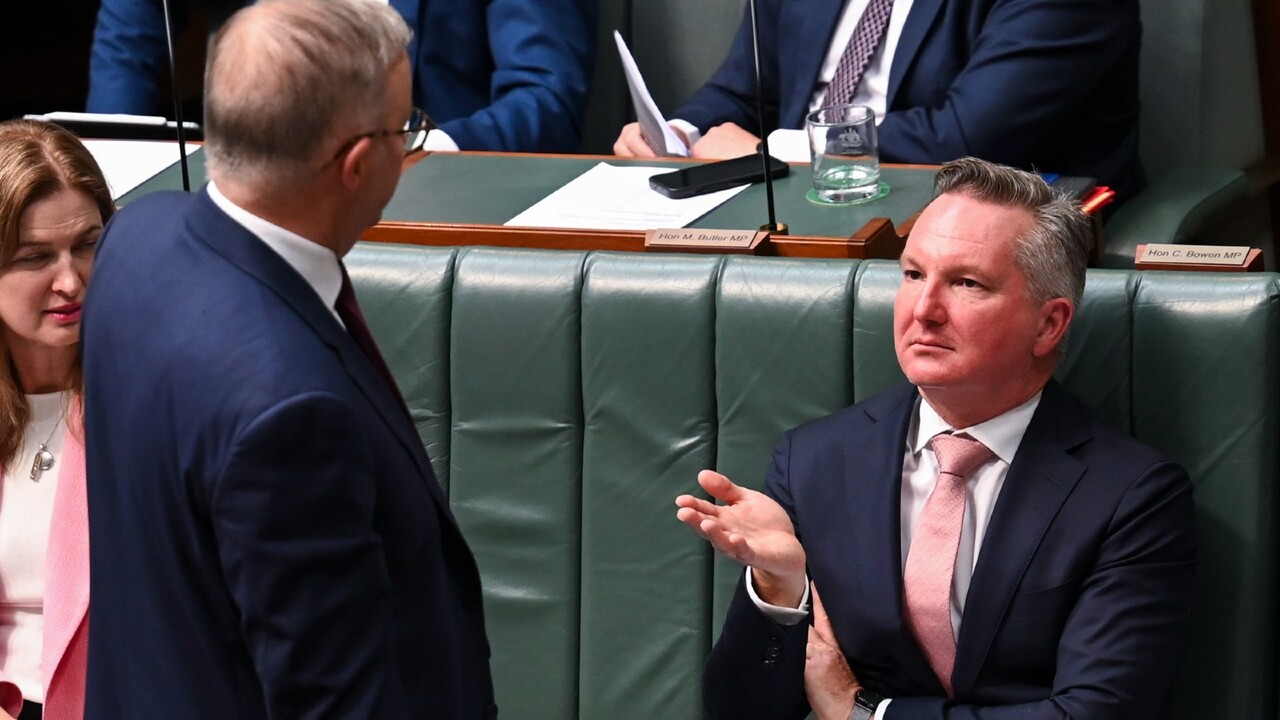
Jim Robb is chief executive and president of the North American Electric Reliability Corporation. Appointed by congress, his unique job is to oversee the reliability and security of the bulk power system across the entire interconnected American grid, which includes all of the US and parts of Canada and Mexico.
“There’s a line that a lot of people will latch on to that as we move toward more renewable sources of energy, that costs will decline because we don’t have to pay for fuel,” Mr Robb said. “But we do have to pay for the capital required to convert free wind and free sunshine into electricity. We’re going to have to pay for the capital to distribute it to customers, and we’re going have to pay for the creation of those reliability services.”
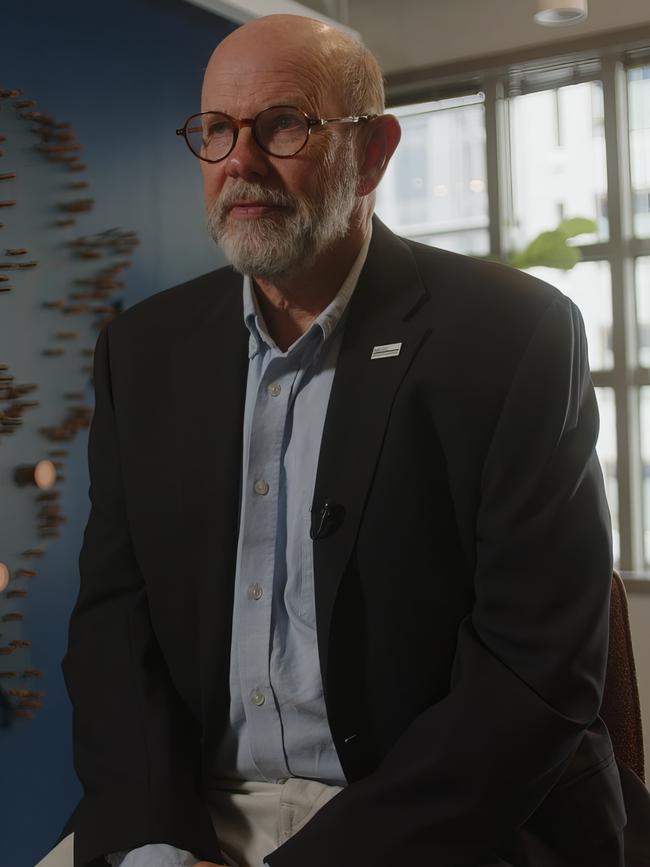
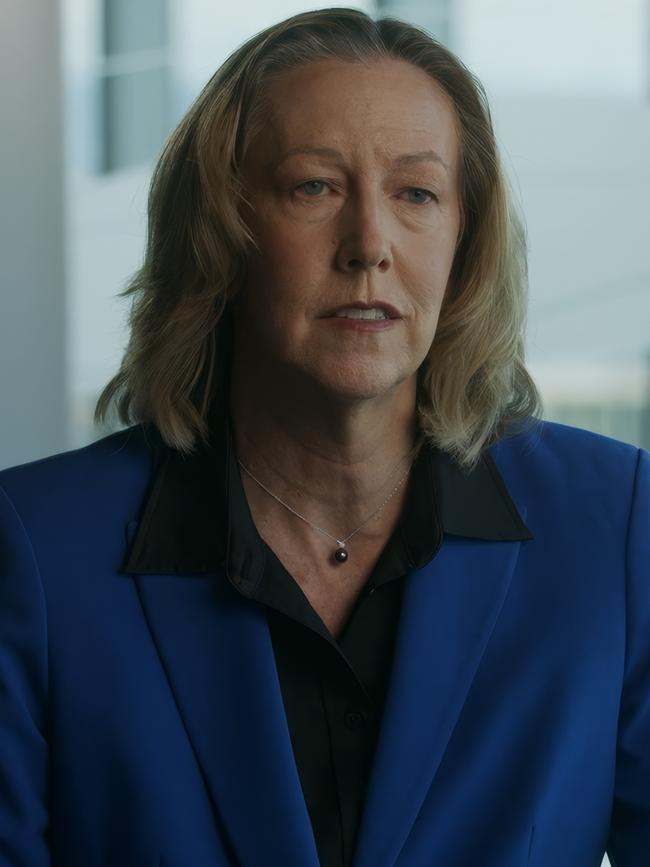
Woodside chief executive Meg O’Neill told Sky News that the real problem with the transition was that politicians and activists were not levelling with the Australian people and they were using aspirations, not data, to make their case.
“I actually worry about the Australians who are battling it out every day,” Ms O’Neill said. “Those are the ones who are going to feel the greatest impact from power price rises from blackouts. You know, those are gonna be the households that are struggling when their energy prices are rising.”
Belinda Jones is the face of that struggle. She is angry pledges of cheap green power turned out to be empty as she struggles to make ends meet and her family shiver through Canberra’s long, cold winters.
“It’s not just about me,” she said. “It’s not just about the budget, it’s about my family. I’m a mum, I’m the CEO of this family, and I’m responsible for putting food on the table, paying the bills, and keeping it all together.
“And it’s really full-on. My kids have grown up … and now I’m struggling to feed them. They’re embarrassed by me giving this interview because they feel shame. But I don’t. I see this as a political issue. I see it as a structural issue. I consider that when mothers are dumpster-diving to feed their families, that’s not okay.”
The Real Cost of Net Zero airs on Sky News Australia on Tuesday, November 19 at 8pm.


To join the conversation, please log in. Don't have an account? Register
Join the conversation, you are commenting as Logout